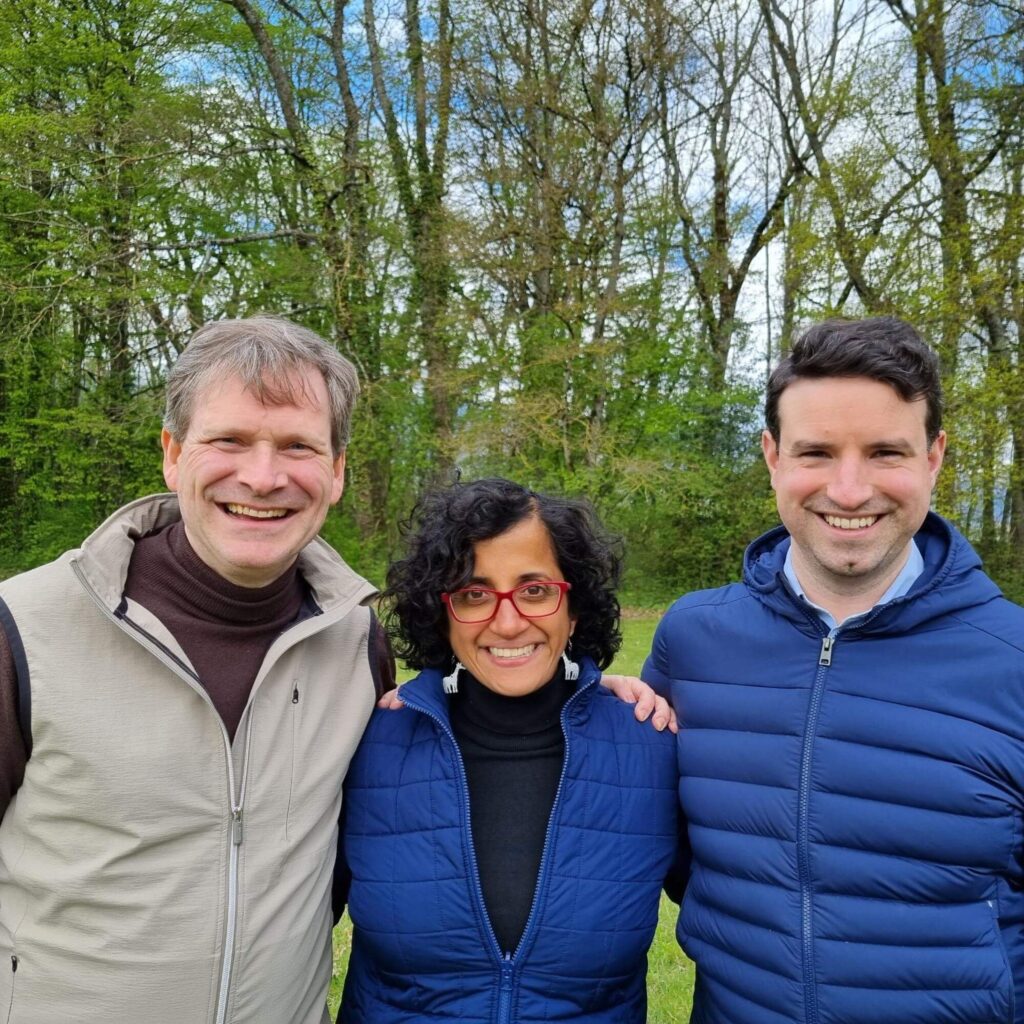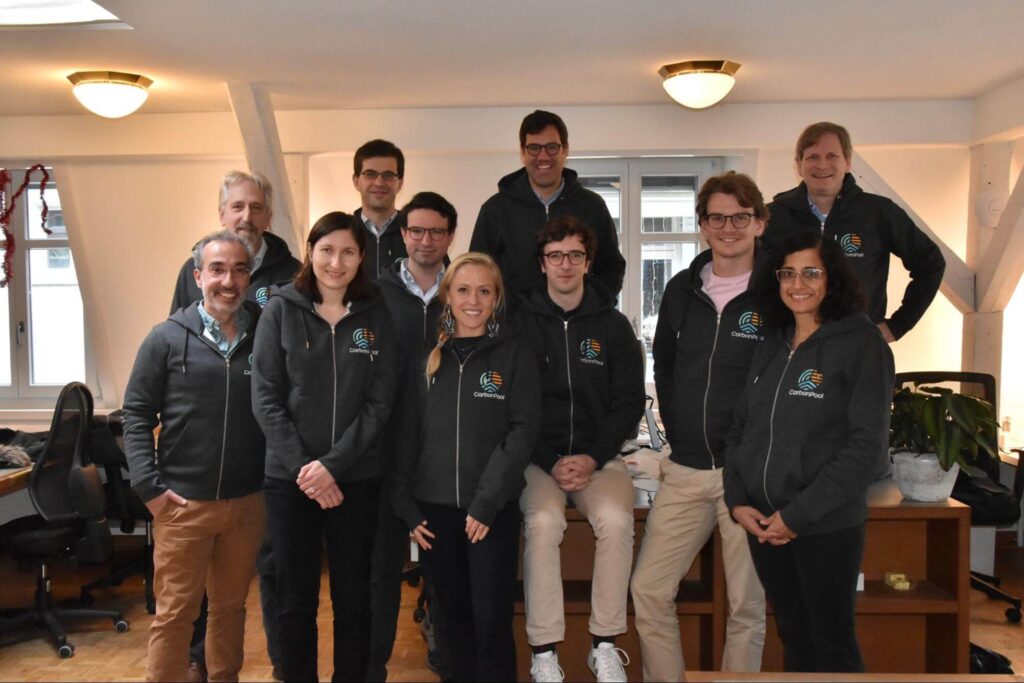Interview With Nandini Wilcke, Co-Founder and COO of Carbonpool
Welcome to the Founder Spotlight series of this edition, where we introduce Nandini Wilcke, the Co-Founder and COO of Carbonpool, the world’s first insurance company with a carbon credit balance sheet. We sincerely thank Nandini for sharing her insights and journey with CarbonPool.
Can you provide an overview of CarbonPools mission and how it aims to contribute to society’s journey towards achieving NetZero?
Our mission is to give corporate buyers, carbon project developers and investors the confidence to invest in the carbon dioxide removals that the world desperately needs to achieve net zero by insuring their carbon removal investments. According to the UN’s Intergovernmental Panel on Climate Change, “Carbon dioxide removal (CDR) is a necessary element of mitigation portfolios to achieve net zero CO2 and GHG emissions both globally and nationally”. Insurance, which constitutes 5-10% of every mature market, is missing from the carbon markets. This is the gap we seek to close.

How does CarbonPool’s in-kind insurance model work, and how does it address the challenges related to failures in meeting net-zero commitments?
CarbonPool will insure its clients against shortfalls in the production of carbon credits and reversals of sequestered carbon caused by natural risks or machinery breakdown and will pay its claims with carbon credits, not cash. The reason that this is important is that if a client is relying on carbon credits to meet its net-zero targets (which many,many companies are relying on it today), it needs credits – not cash – to meet its targets. Cash is not useful given that good quality carbon credits are not readily available inlarge quantities.
Could you explain the role of CarbonPool’s team in assessing risks and building bespoke risk models for clients?
CarbonPool’s team is comprised of insurance experts, climate scientists, and risk and weather modelers. Together, we assess each and every project to form our own view of the carbon sequestration curve and to evaluate satellite, weather and climate data to determine how that carbon sequestration is likely to be affected by natural risks.
What sets CarbonPool apart from traditional insurance companies in terms of its approach to addressing climate-related risks?
Most importantly, we pay our claims in kind, not in cash. That means we will invest our own capital in carbon credits, not in financial instruments such as bonds. Furthermore, we create a bespoke risk model for each and every project – this is not always the case in traditional insurance companies.
What factors does CarbonPool consider when selecting carbon removal projects for investment, and how does it ensure the quality and effectiveness of these projects?
We review whether the investment is consistent with the key aspects of the Core Carbon Principles (such as additionality, permanence and leakage); we also look at the geography and regulatory environment, and qualitative factors like the expertise of the project developer and offered co-benefits. Most importantly, we use the same risk modeling approach to assess the risk of our investments as we do to assess the projects we underwrite. That way we can see how likely the investments are to deliver the promised number of carbon credits.

How does CarbonPool plan to leverage its expertise and experience in the insurance sector to navigate the process of obtaining a Swiss-regulated (re)insurance license?
We are using our combined 70+ years of working with regulators in regulated insurance companies to design a robust and resilient company that takes a prudent approach to key insurance practices like reserving, pricing, underwriting, risk management and governance. We are keenly aware of the risks confronting insurance companies as well as in carbon markets, and we seek to build a pragmatic, thoughtful and effective framework to manage these risks.
What are CarbonPool’s long-term goals and aspirations in terms of expanding its services and impact in the field of climate resilience and insurance?
Our vision is to be the world’s largest in-kind carbon credit insurance company and to drive massive investment – including investing most of our own capital – into removing many millions of tonnes of CO2 from the atmosphere.

Could you provide insights into CarbonPool’s funding journey, particularly regarding the Seed round, where it raised US$12.2M?
We were fortunate to attract a great deal of interest, which is a strong testament to the unique, necessary nature of our business model. Our venture capital investors (Heartcore Capital, Vorwerk Ventures, Revent Ventures and HCS Capital) each bring unique expertise and networks to the table, as do our angel investors, such as Axel Theis and Christof Mascher, both former board members of Allianz SE, whose investment is a strong vote of confidence from highly respected insurance experts.
As CarbonPool continues to grow, how does it approach cap table management to ensure transparency and alignment with stakeholders?
We are very closely aligned with our shareholders, who share our vision for the future, and consult with them closely on our capital needs and growth opportunities.
Lastly, what advice would you give to other entrepreneurs looking to create impactful solutions in the climate resilience and insurance space based on your experience with CarbonPool?
Your vision should be to provide a unique solution to a real problem; you should ensure that you have the skills and expertise to implement the vision; and you should be experienced and self-aware enough to know what you don’t know and procure the skills and experience that you are lacking.
